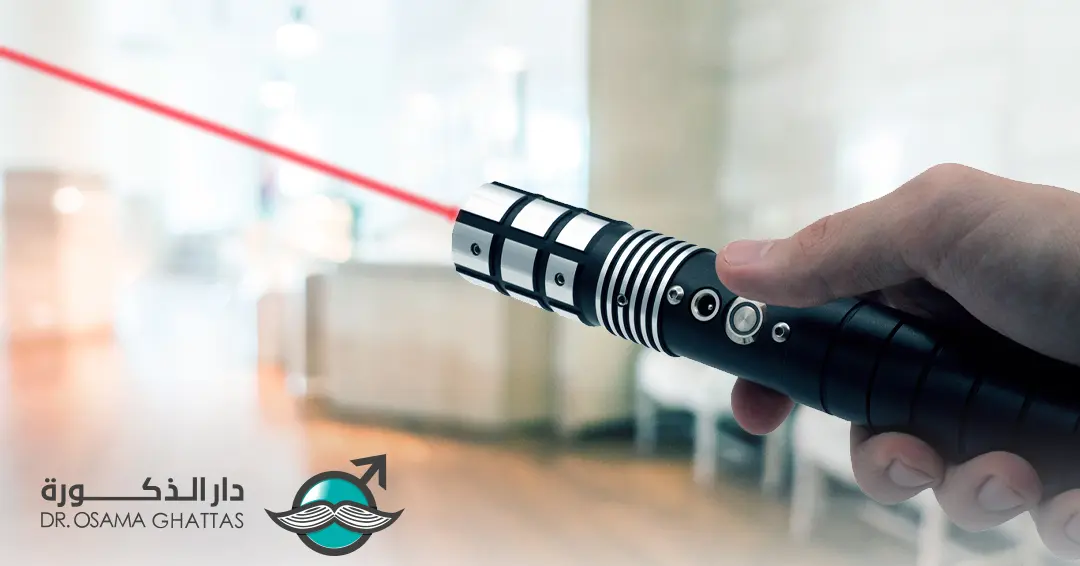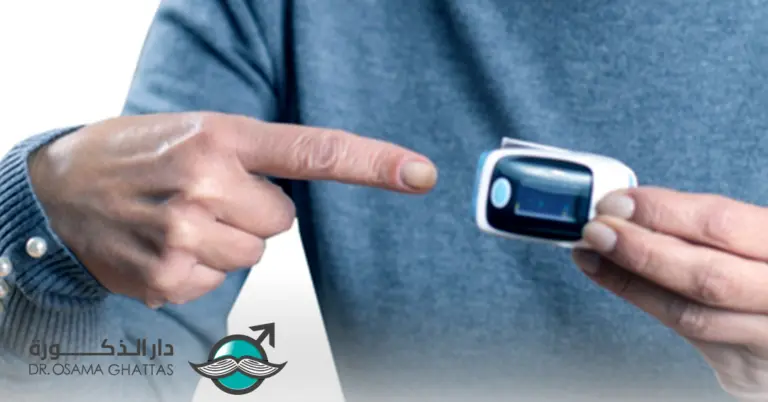Laser Cutting in the Context of Penile Implants
Background:
Laser cutting involves the use of focused laser beams to cut or ablate materials with high precision. In medical applications, it can be used:
- During surgery (e.g., laser tissue dissection).
- In manufacturing (e.g., precision shaping of surgical instruments or implants).
Current Uses in Penile Implant Surgery:
Direct surgical use of lasers (intraoperative):
- No standard role.
Laser-assisted surgery (e.g., CO₂ lasers, Nd:YAG lasers) is used in other urology fields (e.g., prostate enucleation, ureteral strictures), but there’s no routine use of lasers in penile prosthesis implantation. - Why not?
The procedure involves blunt and sharp dissection of soft tissue and corporal dilation, which are best managed by traditional tools. Laser use here could theoretically:- Increase cost.
- Risk thermal injury to delicate tissues (e.g., urethra, tunica albuginea).
Any evidence?
Literature searches reveal no studies or trials showing benefits of laser dissection in penile implant surgeries. Experts typically recommend avoiding energy devices (e.g., lasers, diathermy) inside the corpora because of risk of tissue damage.
Laser Cutting in Manufacturing:
Where lasers do have a role is in the manufacture of implants and surgical instruments:
- Precision shaping of implant components:
- Cylinders, reservoirs, and pump parts for inflatable penile implants are made of silicone, polyurethane, and metal.
- Laser cutting and laser micromachining are useful for:
- Creating micro-channels or slits.
- Ensuring high dimensional accuracy and smooth edges.
- Surgical instruments:
- Instruments like dilators, sizers, and retractors can be laser-cut from stainless steel or titanium sheets, ensuring:
- Precision.
- Minimal burr formation.
- Smoothness that reduces tissue trauma.
- Instruments like dilators, sizers, and retractors can be laser-cut from stainless steel or titanium sheets, ensuring:
Example:
- Companies like AMS (Boston Scientific) and Coloplast may use laser precision cutting/machining in their manufacturing processes, although these details are often proprietary.
Potential Future Applications:
- Custom Implants:
- As 3D printing and patient-specific implants advance, laser cutting could be integrated to refine prosthetic components designed to match individual anatomy.
- Smart Materials:
- Research into drug-eluting or sensor-embedded implants may involve laser micro-cutting for embedding these features.
Pros and Cons Summary:
| Aspect | Pros | Cons |
| In Surgery (Dissection) | High precision (in other fields) | No proven benefit; risk of thermal injury; high cost |
| Manufacturing (Implants/Tools) | Precise shaping; high-quality finish; consistent production | High cost; specialized equipment needed; may increase pricing |
| Innovation Potential | Could enable micro-engineering of next-gen implants | Requires R&D investment and regulatory clearance |
Conclusion:
- Intraoperative laser use is not currently recommended or evidenced for penile prosthesis implantation due to lack of benefit and potential harm.
- Laser cutting in manufacturing is already likely in use for creating precise, smooth components of implants and tools, contributing to their high quality, although this happens behind the scenes and is not a focus of clinical literature.
- There’s room for future exploration of laser technologies in manufacturing innovations, but clinical adoption for actual implant surgery remains unlikely in the near term.
A Tissue Sparing, Laser Assisted Penile Prosthesis Implantation Technique (TSLA):
- Not a global technique. Just an idea that is not well-tested, similar to tissue sparing.
- A surgical technique using a deep-red laser diode for visualization of the implantation track of the penile implant or Holium Laser for clearing the track whenever it is obstructed by fibrotic tissue.
- Only feasibility study for 7 participants in 1 patient group performed in Cairo (Please check this link: https://ctv.veeva.com/study/a-tissue-sparing-laser-assisted-penile-prosthesis-implantation-technique and this https://clinicaltrials.gov/study/NCT06743048)
References:
- Kronenberg, P., & Traxer, O. (2019). The laser of the future: reality and expectations about the new thulium fiber laser—a systematic review. Translational andrology and urology, 8(Suppl 4), S398.
- Cui, Di, Feng Sun, Jian Zhuo, Xiaowen Sun, Bangmin Han, Fujun Zhao, Yifeng Jing, Jun Lu, and Shujie Xia. “A randomized trial comparing thulium laser resection to standard transurethral resection of the prostate for symptomatic benign prostatic hyperplasia: four-year follow-up results.” World journal of urology 32 (2014): 683-689.
- Enikeev, Dmitry, Olivier Traxer, Mark Taratkin, Zhamshid Okhunov, and Shahrokh Shariat. “A review of thulium-fiber laser in stone lithotripsy and soft tissue surgery.” Current Opinion in Urology 30, no. 6 (2020): 853-860.
- Chung, Eric. “Penile prosthesis implant: scientific advances and technological innovations over the last four decades.” Translational andrology and urology 6, no. 1 (2017): 37.
- Patel, Jay, Basil Zakkar, Michael Polchert, Jacob Tannenbaum, Brian Dick, and Omer Raheem. “Recent technological development of penile prosthesis: a literature review.” Translational Andrology and Urology 13, no. 1 (2024): 165.
- Köhler, Tobias S., Ricardo Munarriz, Justin Parker, Carlo Bettocchi, Georgios Hatzichristodoulou, Francisco E. Martins, Ignacio Moncada et al. “Penile prosthesis for erectile dysfunction: recommendations from the 5th International Consultation on Sexual Medicine.” Sexual Medicine Reviews13, no. 2 (2025): 144-171.
- Kallidonis, Panagiotis, Theodoros Spinos, Selcuk Guven, Vasileios Tatanis, Angelis Peteinaris, Evangelos Liatsikos, Olivier Traxer, and Bhaskar Somani. “Pulsed Thulium: YAG laser for the management of Urolothiasis: a systematic review from the EAU section of endourology.” World Journal of Urology 43, no. 1 (2025): 118.
- Chen, Rui, Yuxuan Song, Yang Liu, Jincong Li, Caipeng Qin, and Tao Xu. “Efficacy and safety of thulium fiber laser versus holmium: yttrium-aluminum-garnet laser in lithotripsy for urolithiasis: a systematic review and meta-analysis.” Urolithiasis 53, no. 1 (2025): 33.
- Emam, Ahmed, Kirolos Nabil Habib, Khaled Teama, Younan Samir, Mohammed Metwally Sadeq, and Mohamed A. Gamal. “Laser vaporization of the prostate: a comparative study between ejaculatory preserving and non-ejaculatory preserving technique.” Arab Journal of Urology 23, no. 1 (2025): 8-15.


